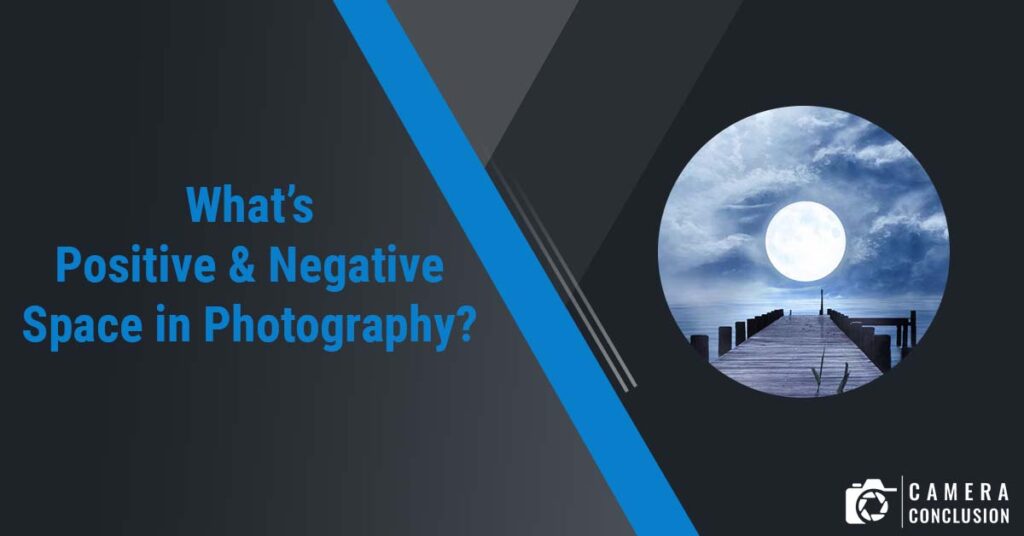Index
In photography, the space within an image plays a crucial role in how the viewer perceives and interprets the photograph. Positive and negative space are two key concepts in understanding how space works in photography. Positive space refers to the area within an image that is occupied by the subject, while negative space is the area surrounding the subject. Understanding how to balance and use positive and negative space effectively can help photographers create visually compelling and impactful images.
Positive Space
Positive space in photography refers to the area within the image that is occupied by the subject. It is the main focus of the photograph and typically the element that the viewer’s eye is drawn to first. Positive space can be a person, object, or any other element that is the main subject of the photograph. Examples of positive space in photography include a person’s face, a flower, or a building.

Positive space is an essential component of any photograph, as it helps to establish the visual hierarchy and focal point of the image. A photograph with a strong positive space will draw the viewer’s eye to the subject and help to convey the intended message or emotion of the photograph. By effectively using positive space, photographers can create images that are visually engaging and memorable.
Negative Space
Negative space in photography refers to the area surrounding the subject of the photograph, which is left empty or unoccupied. It is the space that exists between and around the subject and can be thought of as the background of the image. Negative space can be used to create a sense of balance, harmony, and visual interest in a photograph.

Examples of negative space in photography include the sky in a landscape photograph, the empty space between two people in a portrait, or the blank space surrounding a single object. Negative space can also be used to create a sense of depth and to draw the viewer’s eye towards the main subject of the photograph.
Effective use of negative space can help to create a sense of visual tension and drama in an image, as well as emphasizing the subject and adding visual interest. By balancing the positive and negative space in a photograph, photographers can create images that are visually dynamic and engaging.
Relationship between Positive and Negative Space
In photography, positive and negative space work together to create a sense of balance and harmony within an image. Balancing the positive and negative space is important to create an aesthetically pleasing and visually engaging photograph.
When there is too much positive space in a photograph, it can be overwhelming and dominate the image, making it difficult for the viewer to understand the intended message or focus. On the other hand, if there is too much negative space, the image may appear empty or lacking in interest.
A well-balanced photograph uses both positive and negative space to create a sense of equilibrium, drawing the viewer’s eye towards the subject while also providing visual interest and context. The relationship between positive and negative space can be used to create a sense of movement or direction within the image, leading the viewer’s eye towards the subject.
Techniques for Using Positive and Negative Space in Photography
There are several techniques that photographers can use to effectively utilize positive and negative space in their photographs:
- Framing: Using negative space to frame the subject can draw the viewer’s attention to the subject and create a sense of focus. For example, photographing a person or object in the foreground with a vast landscape in the background.
- Symmetry: Creating a symmetrical composition with positive and negative space can create a sense of balance and harmony within the image. This can be achieved by placing the subject in the center of the frame with equal amounts of negative space on either side.
- Rule of Thirds: Using the rule of thirds can help to create balance within the image by placing the subject off-center and balancing the positive and negative space around it.
- Minimalism: Utilizing negative space to create a minimalistic composition can draw attention to the subject and create a sense of simplicity and elegance within the image.
- Leading Lines: Using lines within the image to guide the viewer’s eye towards the subject can be an effective way to balance the positive and negative space and create a sense of movement within the image.
Conclusion
In conclusion, positive and negative space are essential components of photography that can greatly impact the visual appeal and composition of an image. Positive space refers to the subject or objects within the image, while negative space refers to the empty or surrounding areas. Balancing these two elements is crucial in creating a visually engaging and aesthetically pleasing photograph.
By utilizing techniques such as framing, symmetry, the rule of thirds, minimalism, and leading lines, photographers can effectively balance positive and negative space to create images that draw the viewer’s eye and convey the intended message or emotion. Understanding the relationship between positive and negative space is an important aspect of photography that can greatly enhance the quality of the images captured.
